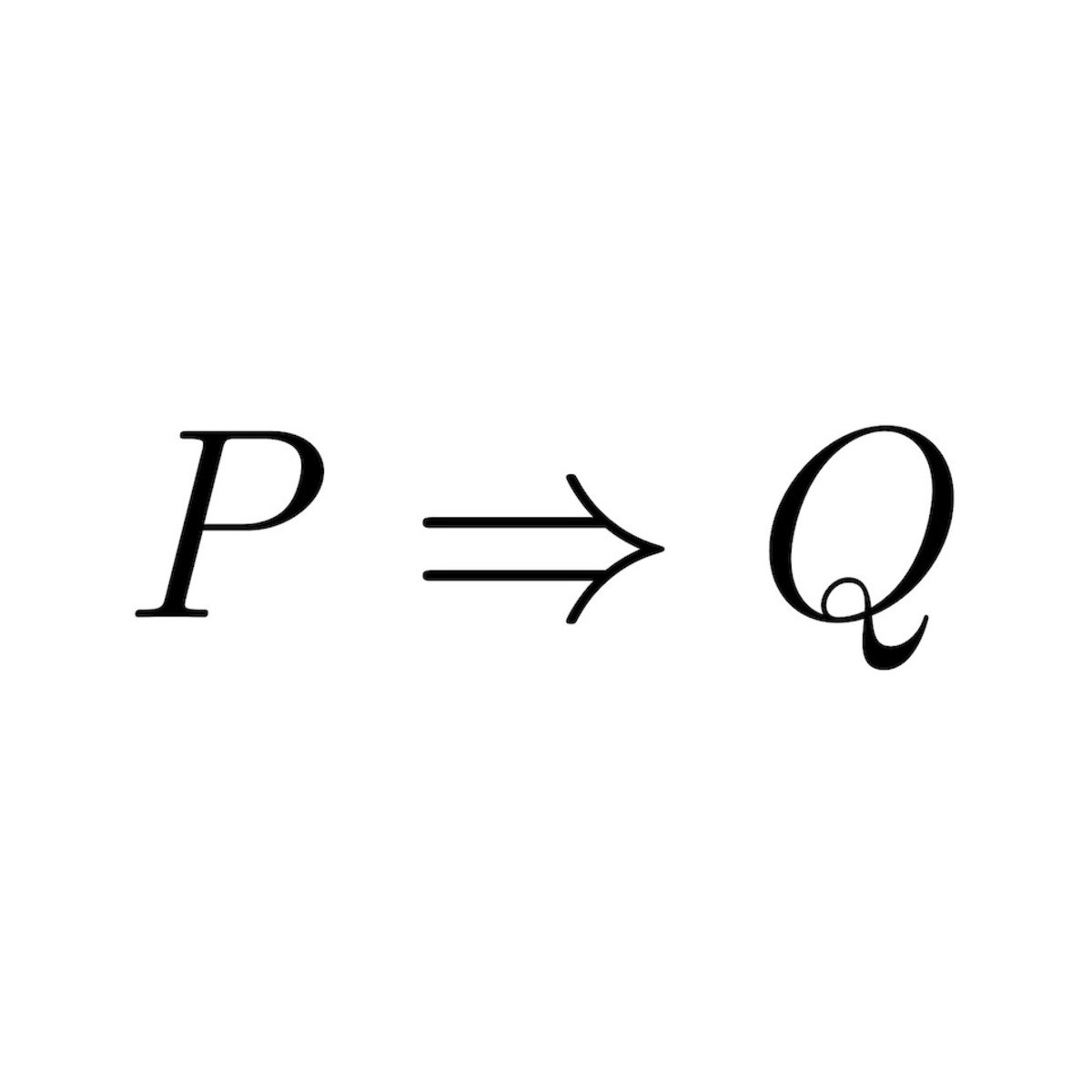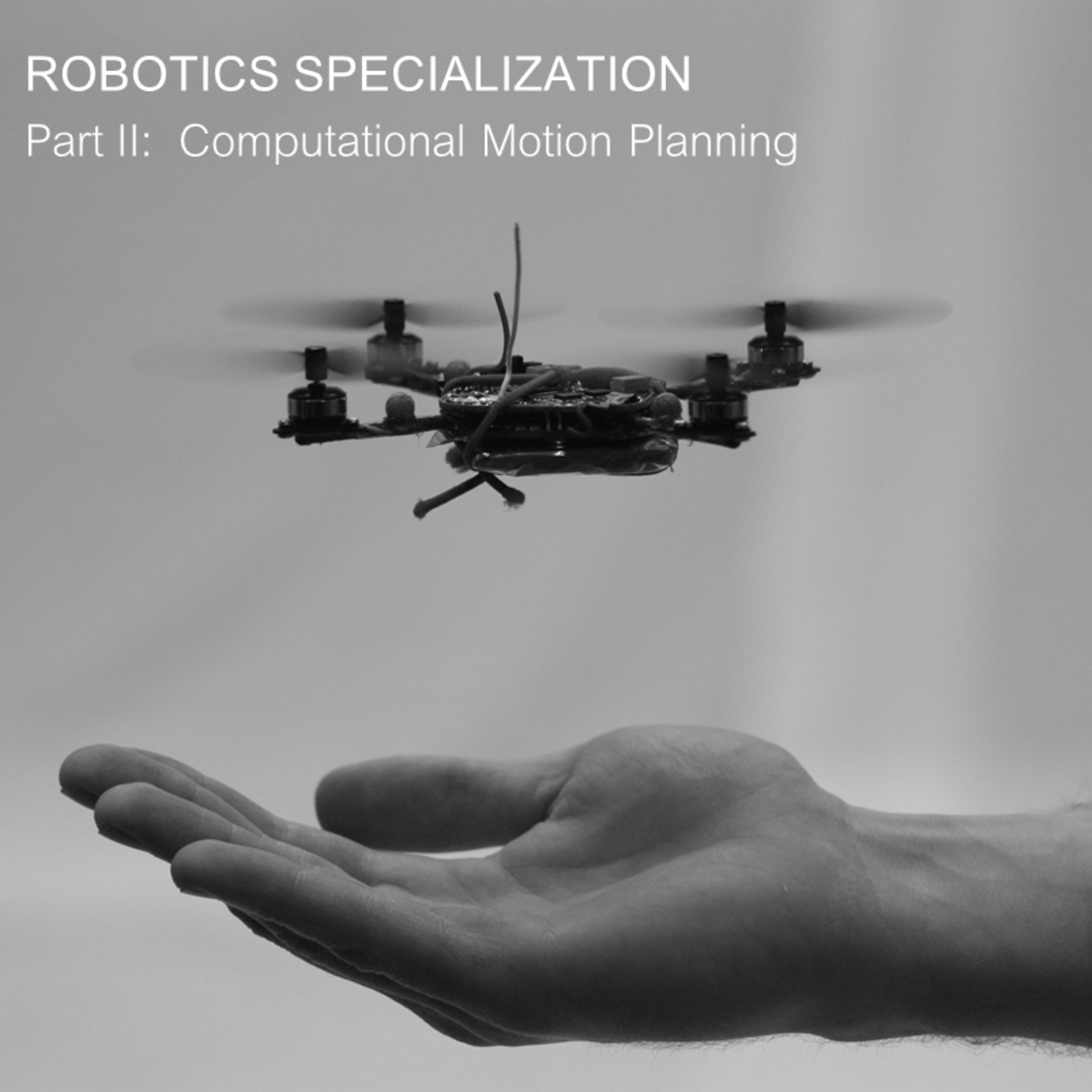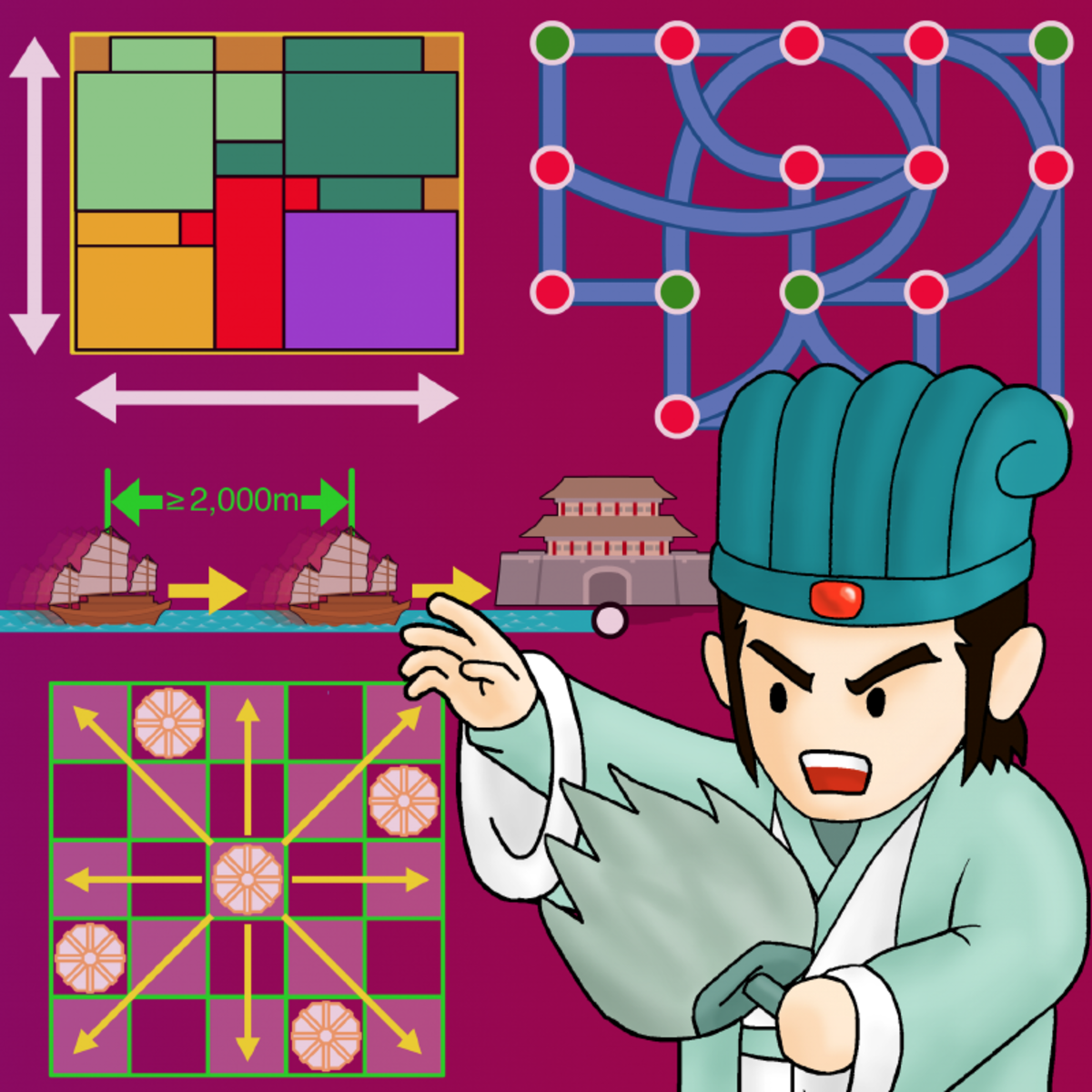Back to Courses









Math And Logic Courses - Page 12
Showing results 111-120 of 148

Game Theory
Popularized by movies such as "A Beautiful Mind," game theory is the mathematical modeling of strategic interaction among rational (and irrational) agents. Beyond what we call `games' in common language, such as chess, poker, soccer, etc., it includes the modeling of conflict among nations, political campaigns, competition among firms, and trading behavior in markets such as the NYSE. How could you begin to model keyword auctions, and peer to peer file-sharing networks, without accounting for the incentives of the people using them? The course will provide the basics: representing games and strategies, the extensive form (which computer scientists call game trees), Bayesian games (modeling things like auctions), repeated and stochastic games, and more. We'll include a variety of examples including classic games and a few applications.
You can find a full syllabus and description of the course here: http://web.stanford.edu/~jacksonm/GTOC-Syllabus.html
There is also an advanced follow-up course to this one, for people already familiar with game theory: https://www.coursera.org/learn/gametheory2/
You can find an introductory video here: http://web.stanford.edu/~jacksonm/Intro_Networks.mp4

Stocks and Bonds
In this course, we will apply the central concept and applications of Time Value of Money (TVM) to explore the structure and pricing of stocks and bonds at an introductory level. In this course, you will learn about bonds, different types of bonds (Zero Coupon bonds, Government bonds). You will learn about bond pricing calculations and see their direct connection to market data on bonds. You will also learn about stocks, and their pricing and valuation. You will learn about growth and dividend stocks and how to use market data.
After completing this course, you will have an understanding of the two fundamental and pervasive ways in which savers transfer money to governments and corporations. You will be able to apply all this knowledge to personal investing decisions and, importantly, these same tools and frameworks are applicable to corporate decisions.
This course is part of the four-course Foundational Finance for Strategic Decision Making Specialization.

Symmetric Cryptography
Welcome to Symmetric Cryptography!
Symmetric cryptography relies on shared secret key to ensure message confidentiality, so that the unauthorized attackers cannot retrieve the message. The course describes substitution and transposition techniques, which were the bases for classical cryptography when the message is encoded in natural language such as English. Then, we build on product ciphers (using both substitution and transposition/permutation) to describe modern block ciphers and review the widely used cipher algorithms in DES, 3-DES, and AES. Lastly, we enable the use of block ciphers to support variable data length by introducing different modes of block cipher operations in ECB, CBC, CFB, OFB, and CTR modes.
This course is cross-listed and is a part of the two specializations, the Applied Cryptography specialization and the Introduction to Applied Cryptography specialization.

Logic for Economists
This course provides a very brief introduction to basic mathematical concepts like propositional and predicate logic, set theory, the number system, and proof techniques. At the end of the course, students will be able to
(1) detect the logical structure behind simple puzzles
(2) be able to manipulate logical expressions
(3) explain the connection between logic and set theory
(4) explain the differences between natural, integer, rational, real and complex numbers
(5) recognise different basic proof techniques

Electrodynamics: In-depth Solutions for Maxwell’s Equations
This course is the fourth course in the Electrodynamics series, and is directly proceeded by Electrodynamics: Electric and Magnetic Fields. Previously, we have learned about visualization of fields and solutions which were not time dependent. Here, we will return to Maxwell's Equations and use them to produce wave equations which can be used to analyze complex systems, such as oscillating dipoles. We will also introduce AC circuits, and how they can be simplified, solved, and applied.
Learners will:
• Have a complete understanding of Maxwell's Equations and how they relate to the magnetic and electric potentials.
• Be able to solve problems related to moving charges, and add relativistic corrections to the equations
• Understand the different components in AC circuits, and how their presence can change the function of the circuit.
The approach taken in this course complements traditional approaches, covering a fairly complete treatment of the physics of electricity and magnetism, and adds Feynman’s unique and vital approach to grasping a picture of the physical universe. Furthermore, this course uniquely provides the link between the knowledge of electrodynamics and its practical applications to research in materials science, information technology, electrical engineering, chemistry, chemical engineering, energy storage, energy harvesting, and other materials related fields.

Robotics: Computational Motion Planning
Robotic systems typically include three components: a mechanism which is capable of exerting forces and torques on the environment, a perception system for sensing the world and a decision and control system which modulates the robot's behavior to achieve the desired ends. In this course we will consider the problem of how a robot decides what to do to achieve its goals. This problem is often referred to as Motion Planning and it has been formulated in various ways to model different situations. You will learn some of the most common approaches to addressing this problem including graph-based methods, randomized planners and artificial potential fields. Throughout the course, we will discuss the aspects of the problem that make planning challenging.

Introduction to Statistical Analysis: Hypothesis Testing
This introductory course is for SAS software users who perform statistical analyses using SAS/STAT software. The focus is on t tests, ANOVA, and linear regression, and includes a brief introduction to logistic regression.

Advanced Modeling for Discrete Optimization
Optimization is a common form of decision making, and is ubiquitous in our society. Its applications range from solving Sudoku puzzles to arranging seating in a wedding banquet. The same technology can schedule planes and their crews, coordinate the production of steel, and organize the transportation of iron ore from the mines to the ports. Good decisions in manpower and material resources management also allow corporations to improve profit by millions of dollars. Similar problems also underpin much of our daily lives and are part of determining daily delivery routes for packages, making school timetables, and delivering power to our homes. Despite their fundamental importance, all of these problems are a nightmare to solve using traditional undergraduate computer science methods.
This course is intended for students who have completed Basic Modelling for Discrete Optimization. In this course you will learn much more about solving challenging discrete optimization problems by stating the problem in a state-of-the-art high level modeling language, and letting library constraint solving software do the rest. This course will focus on debugging and improving models, encapsulating parts of models in predicates, and tackling advanced scheduling and packing problems. As you master this advanced technology, you will be able to tackle problems that were inconceivable to solve previously.
Watch the course promotional video here: https://www.youtube.com/watch?v=hc3cBvtrem0&t=8s

Absolute Basics of COBOL
In this project you will have your first look at the COBOL programming language. As you view, compile, and execute COBOL code you will learn what COBOL is, where it began, and how it has evolved to remain an important player in today’s business systems. In fact, it is estimated that up to 70% of large corporations still use COBOL for processing data in their mission-critical systems. For extra practice, be sure to check out the optional practice and capstone activities.

Discrete Mathematics
Discrete mathematics forms the mathematical foundation of computer and information science. It is also a fascinating subject in itself.
Learners will become familiar with a broad range of mathematical objects like sets, functions, relations, graphs, that are omnipresent in computer science. Perhaps more importantly, they will reach a certain level of mathematical maturity - being able to understand formal statements and their proofs; coming up with rigorous proofs themselves; and coming up with interesting results.
This course attempts to be rigorous without being overly formal. This means, for every concept we introduce we will show at least one interesting and non-trivial result and give a full proof. However, we will do so without too much formal notation, employing examples and figures whenever possible.
The main topics of this course are (1) sets, functions, relations, (2) enumerative combinatorics, (3) graph theory, (4) network flow and matchings. It does not cover modular arithmetic, algebra, and logic, since these topics have a slightly different flavor and because there are already several courses on Coursera specifically on these topics.
Popular Internships and Jobs by Categories
Find Jobs & Internships
Browse
© 2024 BoostGrad | All rights reserved